The rest of the galleries were brilliant. From Sheela Gowda’s Behold, an installation made from metres of human hair and car bumpers, to Cildo Meireles’ Babel, a vast tower of noise emitting radios. I was exposed to many contemporary new works alongside some more familiar artist names and styles.
I was particularly drawn to the work of Louise Bourgeois, the French-American artist. Although terrified by the spiders, I was captivated by the underlying themes of sexuality, fragility and protection.
Due to the Tate’s sheer vastness I didn’t have time to see everything, but what I did manage to see has certainly helped support new ideas for work.
After the Tate Modern we walked to Borough Market and had the opportunity to experiment with some street and documentary photography.
Perhaps the most striking images were the imposing portrait prints by Bruce Gilden.The close proximity of the huge, over-sized prints in this space, created an uncomfortable feeling when viewing the images; it felt intrusive, yet, compelling, scrutinising each minute facial detail.
After absorbing all these new works and artists it was time to head home. A safe return, thankfully (no threat of terrorist encounters, as with our previous trip). Seeing these exhibitions has certainly expanded my knowledge. It has enabled me to think increasingly photographically as I continue to find my own creative ways forward as an artist and photographer.
Julia Hanlon

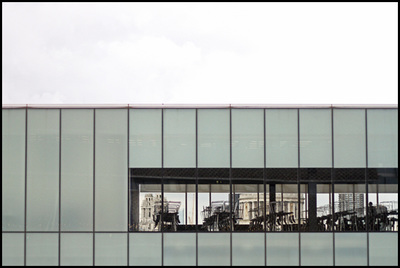
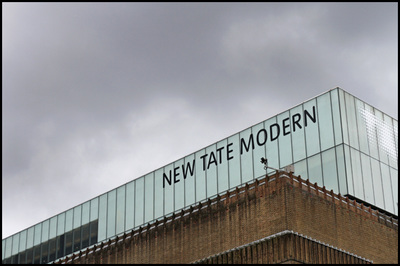
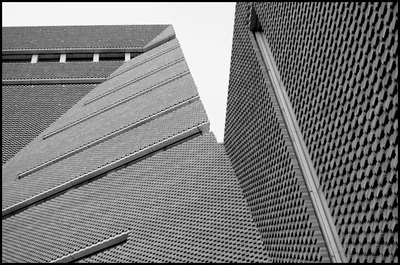
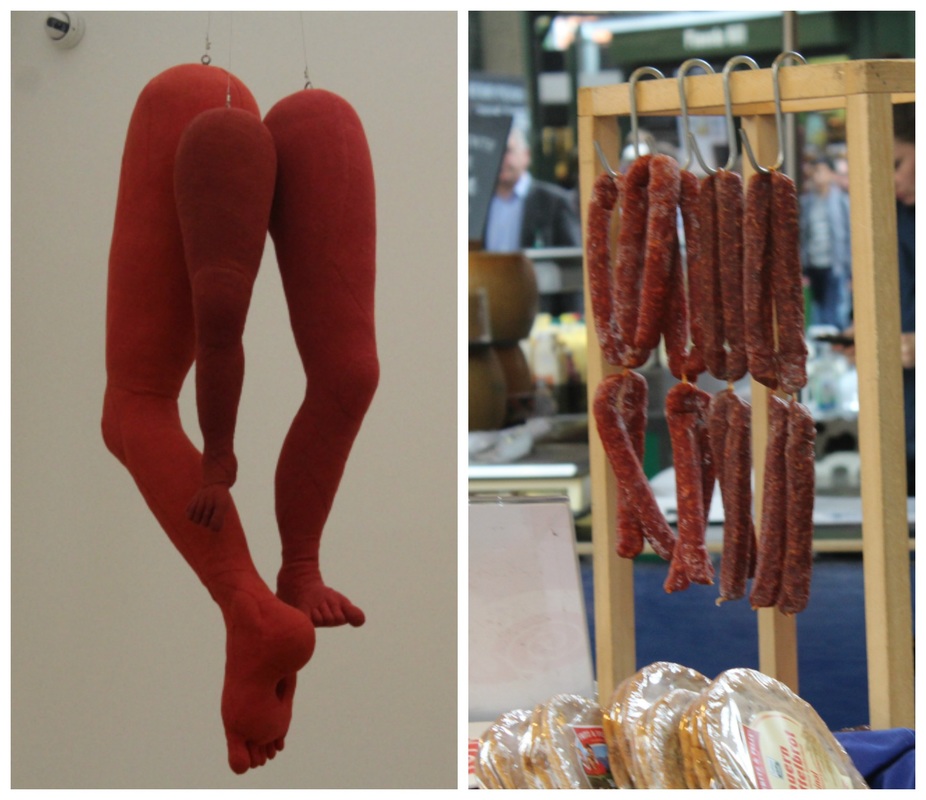
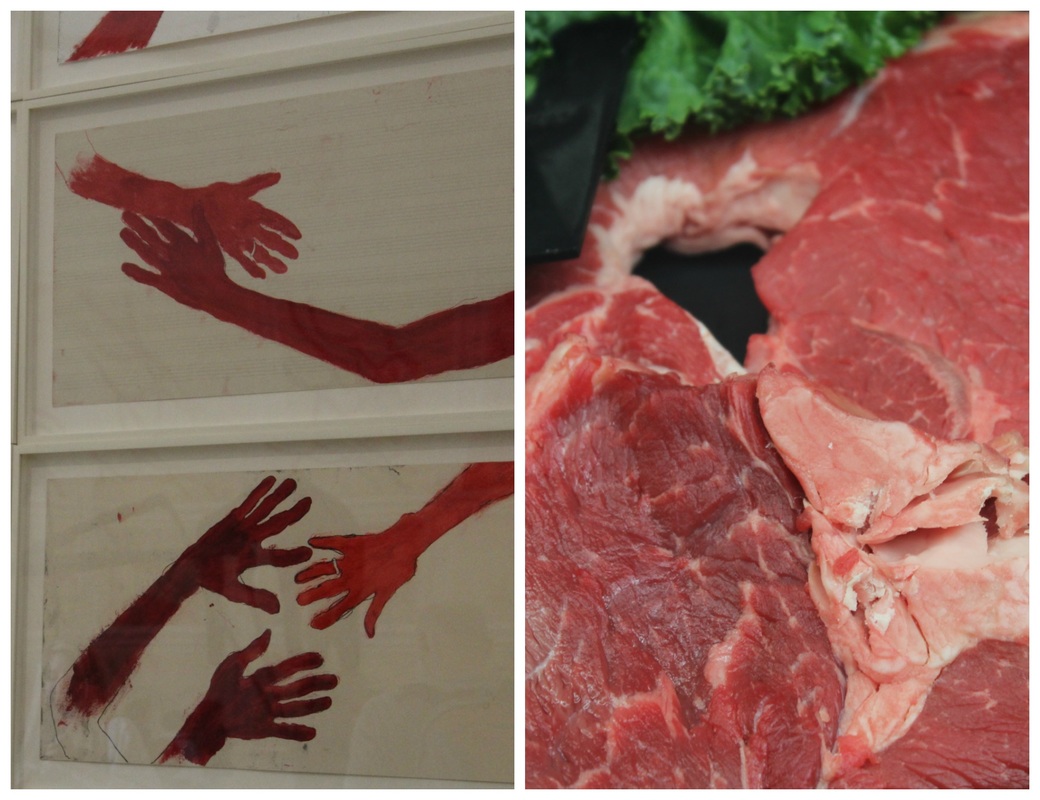
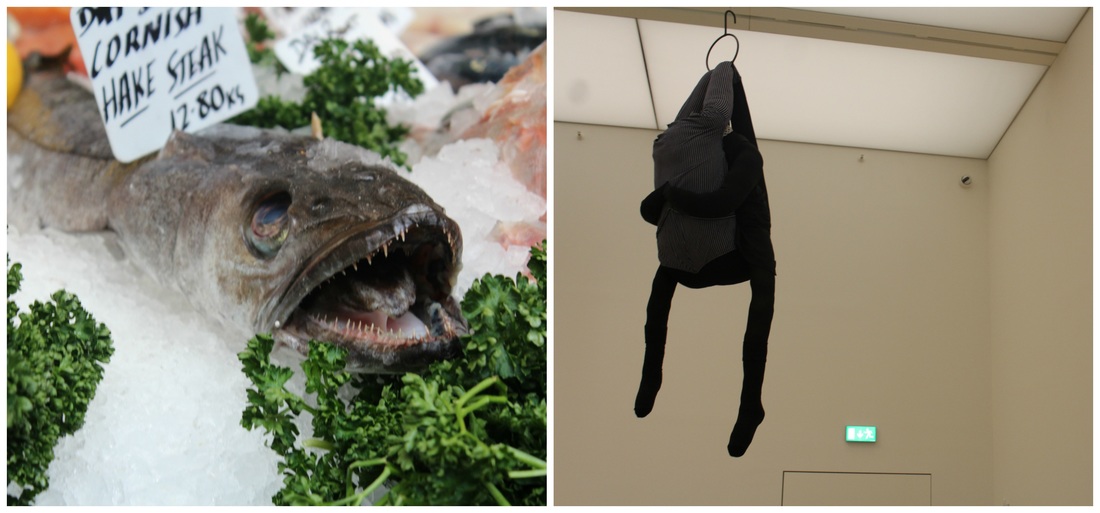
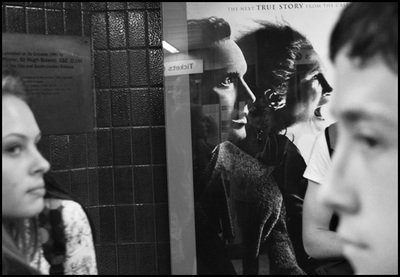
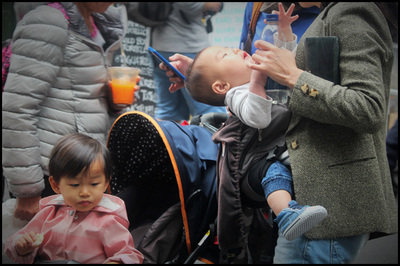
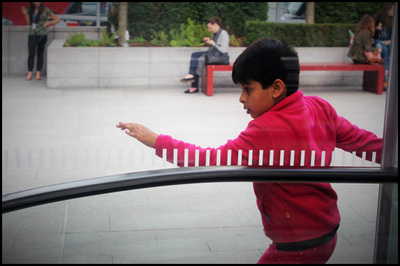

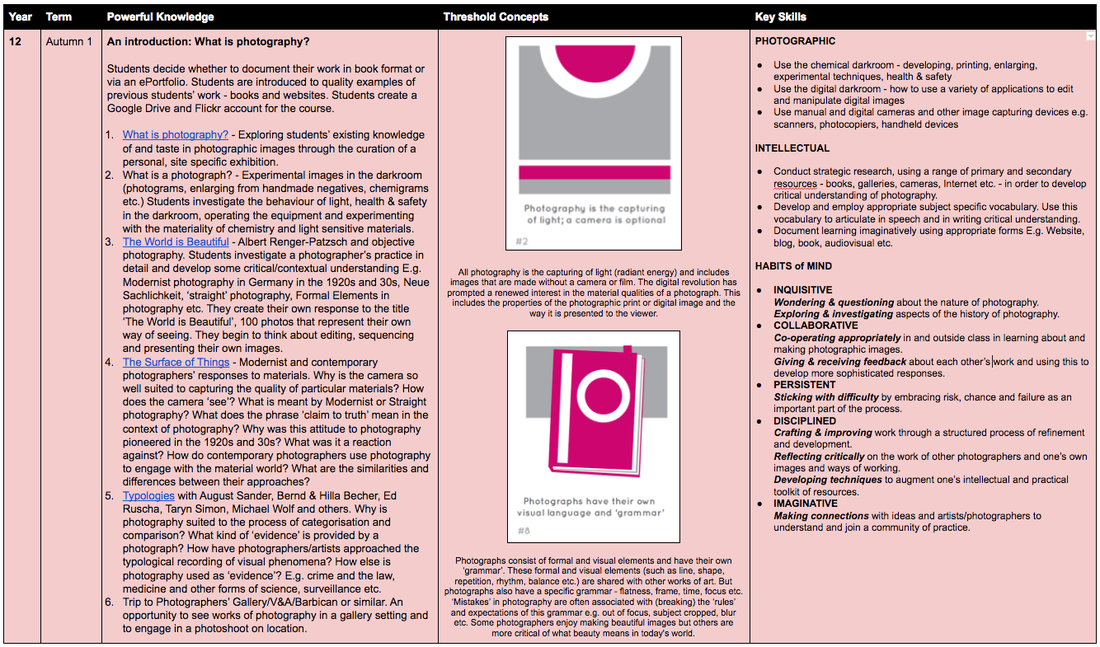
 RSS Feed
RSS Feed